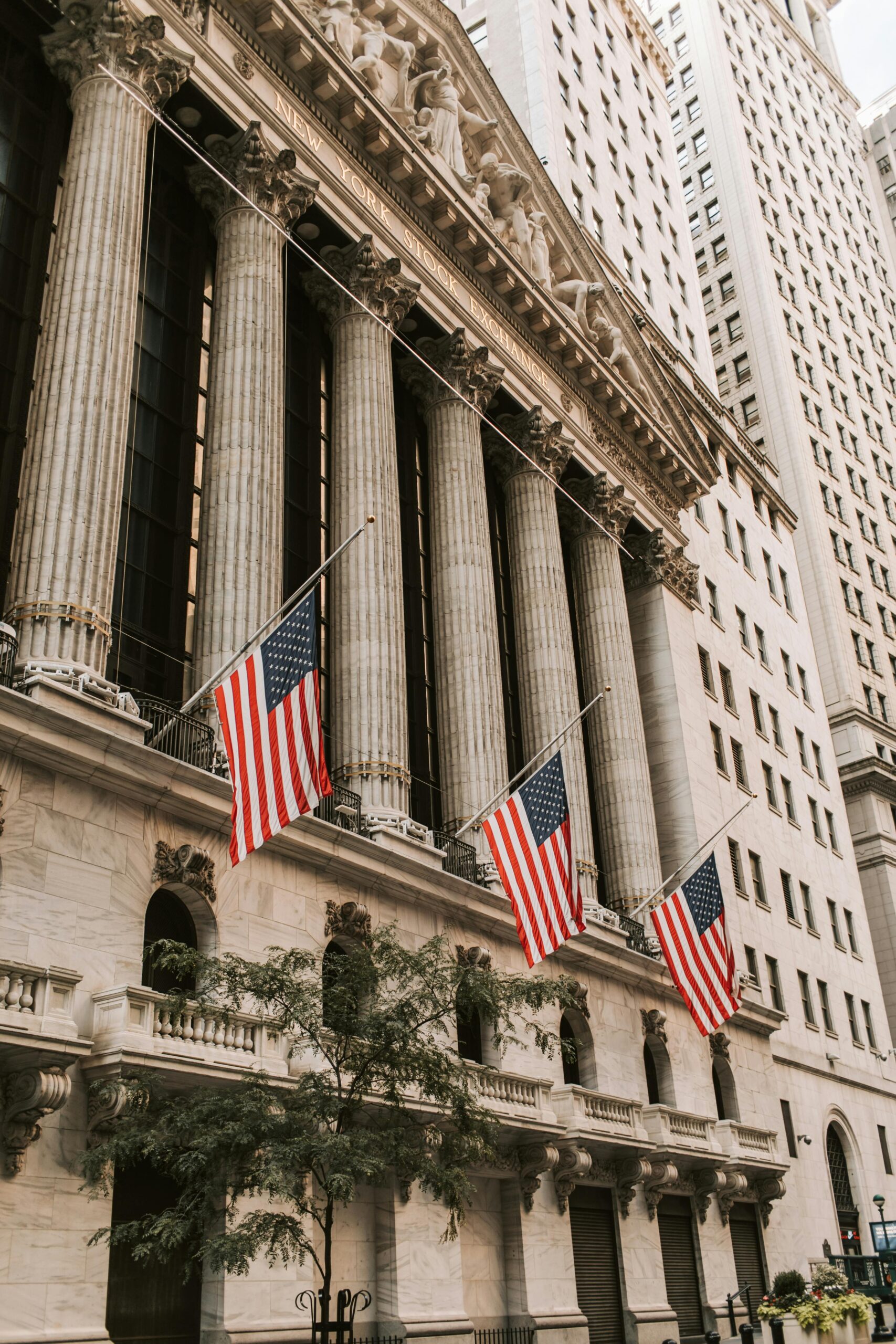
Although India is supposed to be a secular democracy, some believe that the temple’s construction indicates a different direction for the country. In this article, we’ll take a closer look at the temple’s role in the political landscape, particularly during an election year. We’ll also examine how the temple issue goes beyond the nuances of the religious narrative to encompass broader issues of caste, class, and changing governments.
Beyond Hindu vs. Muslim Divide
Contrary to most people’s gut reaction of this being a simple Hindu versus Muslim divide, the issue surrounding the Ram Mandir goes beyond that. It also reflects deeper social divisions, such as class and caste dynamics. The government, specifically Narendar Modi’s BJP party, has supposedly used these divisions as a tool to sway votes in their favor.
Drawing upon the still relevant 1992 documentary “Ram Ke Naam” by Indian filmmaker Anand Patwardhan, a local Hindu community member joyfully recounts praying alongside his Muslim neighbors, describing their relationship as “bhai bhai” (brother, brother). However, the documentary poignantly reveals the harsh reality of discrimination faced by lower-caste Hindus and the Muslim minority at the hands of upper-caste Hindus.
The Ram Ke Naam, the documentary provides a historical context to the Ayodhya dispute, showcasing the region’s complex intertwining of religion and politics. The film sheds light on the contentious Babri Masjid-Ram Janmabhoomi dispute, which culminated in the demolition of the mosque in December 1992. This event left an indelible mark on the nation’s social fabric, deepening religious fault lines and setting the stage for the eventual construction of the Ram Mandir.
The construction of the Ram Mandir has not only religious implications, but also political ramifications, especially in an election year. It is suspected that Prime Minister Narendra Modi and the Bharatiya Janata Party (BJP) have strategically capitalized on the temple issue to consolidate the Hindu vote. The BJP aims to secure electoral support by portraying themselves as the defenders of Hindu identity.
The trust for the temple raised over $400 million. Overseas Indians, including those in the United States, have actively contributed to the funding of the temple and the BJP party. Many diasporic communities in the US send remittances back home to help fund political causes, build second homes, or to help out families. Many U.S. communities were celebrating hosting parties and live-streaming the event during the grand opening. This division over the temple highlights the global significance of the Ayodhya issue and the emotional connection that some Indians across borders feel with their cultural heritage and religion. On the flipside, many U.S. Americans were outraged by the temple, incluing the massive billboard that went up in Times Square for the Ram Temple. Over 1,600 Indian Americans from groups like Hindus for Human Rights signed a petition in defense of minority rights.
In conclusion, the construction of the Ram Mandir in Ayodhya is a complex and multifaceted phenomenon deeply rooted in history, politics, and social dynamics. As the temple stands tall, it serves not only as a religious symbol, but also as a political tool employed by the Modi-led BJP. Understanding the intricacies of this issue requiring a nuanced approach, recognizing that it transcends simplistic religious divides and involves broader societal complexities.


 Backyard Pyar: A Unique Dating Experience for South Asian Singles
Backyard Pyar: A Unique Dating Experience for South Asian Singles Ringing in Change: Sakhi’s Historic Achievement
Ringing in Change: Sakhi’s Historic Achievement Good Indian Girl, Sort Of: Sonya Soni
Good Indian Girl, Sort Of: Sonya Soni